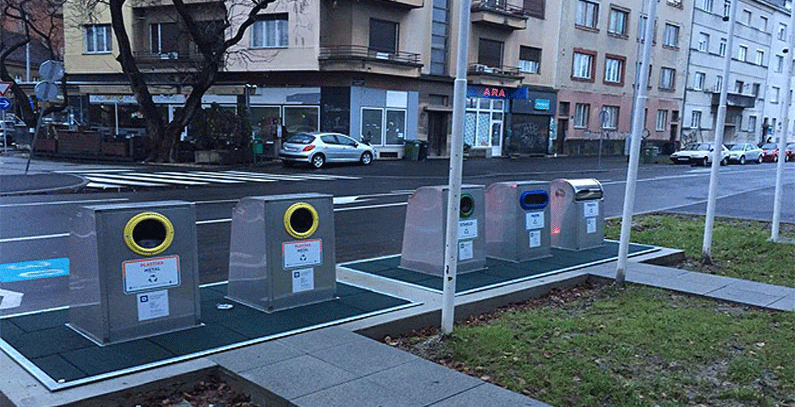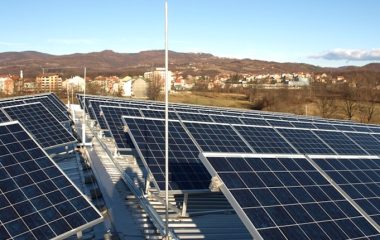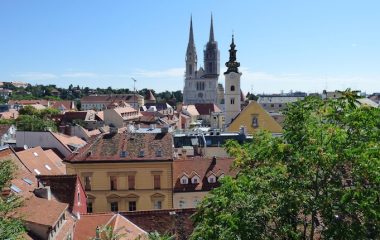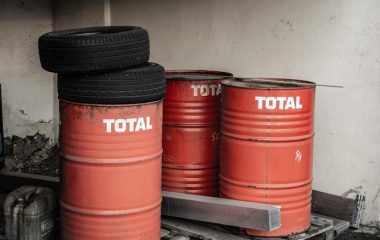
Photo: cistoca.hr
The Zagreb city government has set up the first underground waste containers with separate compartments for different types of waste in central parts of the Croatian capital. The communal services company Zagrebačka čistoća said it had secured special vehicles to remove the waste from those underground containers.
The waste containers placed in so-called green islands will allow the separation of plastics, paper, textile, and glass – each of them has two separate compartments for plastics and one each for paper, glass and textiles.
The Zagreb city government said that they invested HRK 180.000 (about EUR 24.000) into the first of the green islands in the central Kranjčevićeva street in the old city center. It added that the plan is to have underground containers with separate compartments for different types of waste wherever possible in the city. Two other green islands have been set up in other central city areas.
The city government also plans to set up smaller waste containers with chips in front of every building in the city with green islands set up for every 15 or so buildings which would be in line with European Union regulations and waste management plans in the country.
The Croatian government issued a decree on waste management late in May 2017, introducing the obligation of separating different types of waste. The decree took effect early in November 2017. Zagreb Mayor Milan Bandić said that all the necessary infrastructure to implement the government decree would be secured by February 1, 2018.
He said that according to data from the Croatian Environmental Protection Agency, 27.65 percent of waste is separated in the Croatian capital. Under EU standards, Zagreb is under obligation to raise that to the level of 50 percent of separated waste by the end of the year 2020.
Bandić said at the opening of the first green island with underground containers that it will take time for the population to get used to separating waste and added that underground waste containers would be set up as part of the reconstruction of roads as a functional solution which helps clean up the city.
Čistoća communal services company official Marina Lovrečki said that one set of underground containers (with 1,100 liters of space) costs HRK 144,000 (around EUR 19,000).









Be the first one to comment on this article.